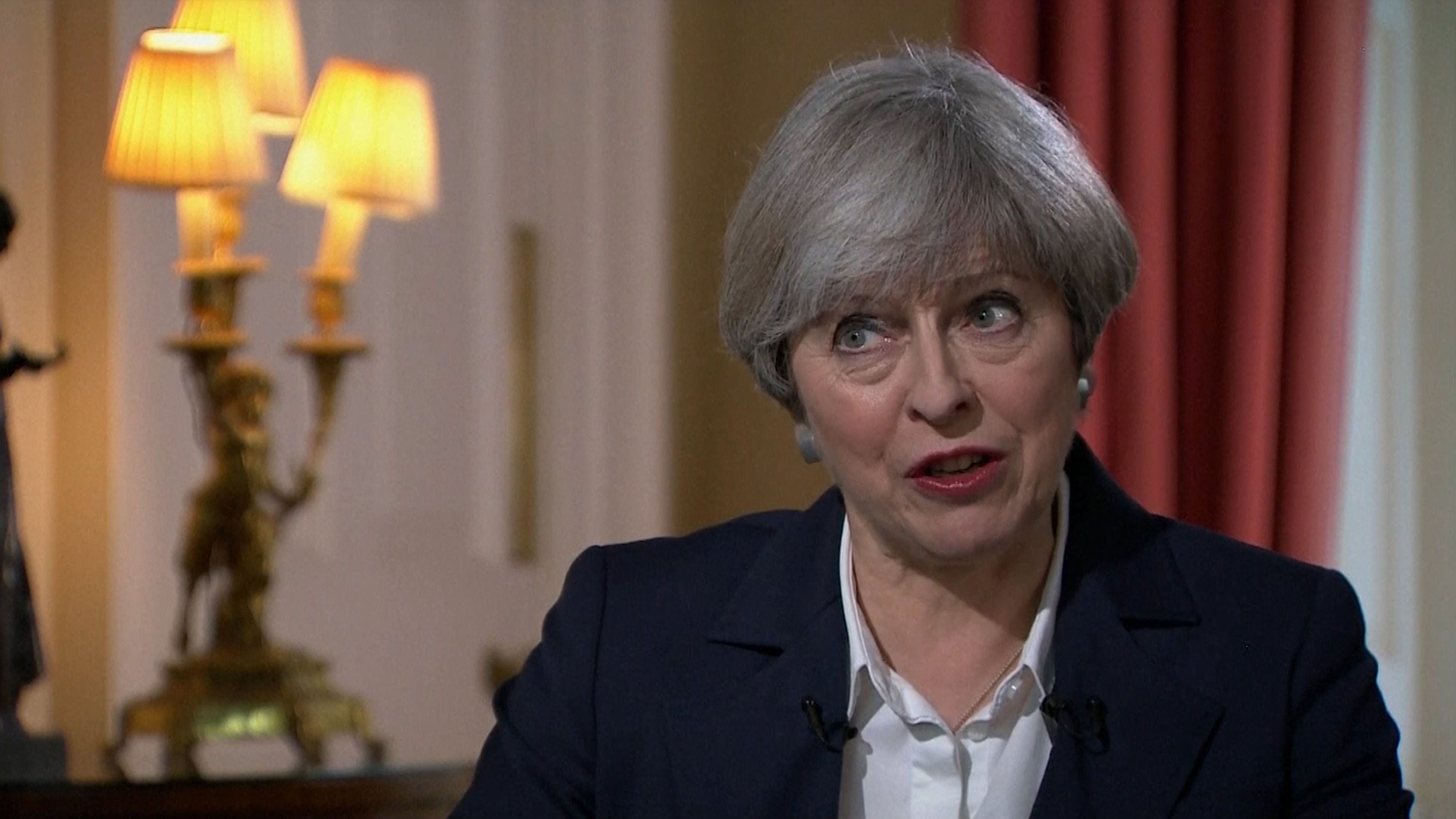
IN Charlotte Bronte’s classic, Mr Rochester tells Jane Eyre their honeymoon will “shine our life long”, that “its beams will only fade over your grave or mine”.
It’s a wonderfully romantic notion. For most people, of course, it isn’t all sunshine and rainbows round the clock.
When it comes to politicians, the honeymoon period is usually significantly shorter – traditionally eight to 12 weeks.
But Theresa May – coming up to nine months in office – has enjoyed an unexpectedly lengthy sojourn.
Jeremy Corbyn’s ineptitude has allowed her a gentle ride thus far.
And there was more bad news for him this week with a YouGov poll showing that – for the first time – recent Labour voters are now more likely to think Mrs May would make a better PM.
Regardless, there are signs the Tory leader won’t be having it as easy for much longer.
Senior European figures’ responses to the formal triggering of Article 50 were very revealing.
Mrs May’s planned twin-track approach – agreeing the terms of a future partnership with the EU alongside those of withdrawal – was met with immediate resistance by German Chancellor Angela Merkel and others.
Moreover, a leaked draft European Parliament resolution stated a new trade deal could only be struck once the UK had left.
The European Council’s formal response appeared to offer more of a compromise, but still indicated “sufficient progress” would have to be made before trade talks could begin.
As expected, the stage is set for a battle on the terms of the agreement itself.
Potentially more dangerous for Mrs May, however, are the Conservatives’ internal divisions – resurfacing with a vengeance – that pushed David Cameron to hold the EU referendum in the first place.
At one end of the spectrum are the Christopher Chopes, intent on changing “all this ghastly EU legislation” once the Great Repeal Bill is passed; at the other the Anna Soubrys.
She called for an “unequivocal undertaking” workers’ rights and environmental and consumer protections would not be altered.
Worryingly for Mrs May – already working with a slim majority – the Remainer has also said she’s open to the creation of a new political party as “the voice of a moderate, sensible, forward-thinking, visionary middle way”.
And with Keir Starmer starting to step up to the plate for Labour, the prospect of some kind of anti-Brexit coalition isn’t totally far-fetched.
It’s indisputable there are clear threats on multiple fronts, but Mrs May has displayed a gritty resilience since taking the reins.
Moreover, there was the extraordinary warning in her Article 50 letter explicitly linking security to trade – crass just a week after the Westminster attack.
Her spokesman insisted it was a simple statement of fact and obviously it could be a bluff, but the PM has consistently said she’s not the game-playing type.
So perhaps it’s the strongest evidence yet of the lengths to which she’s prepared to go to get what she wants.

Enjoy the convenience of having The Sunday Post delivered as a digital ePaper straight to your smartphone, tablet or computer.
Subscribe for only £5.49 a month and enjoy all the benefits of the printed paper as a digital replica.
Subscribe